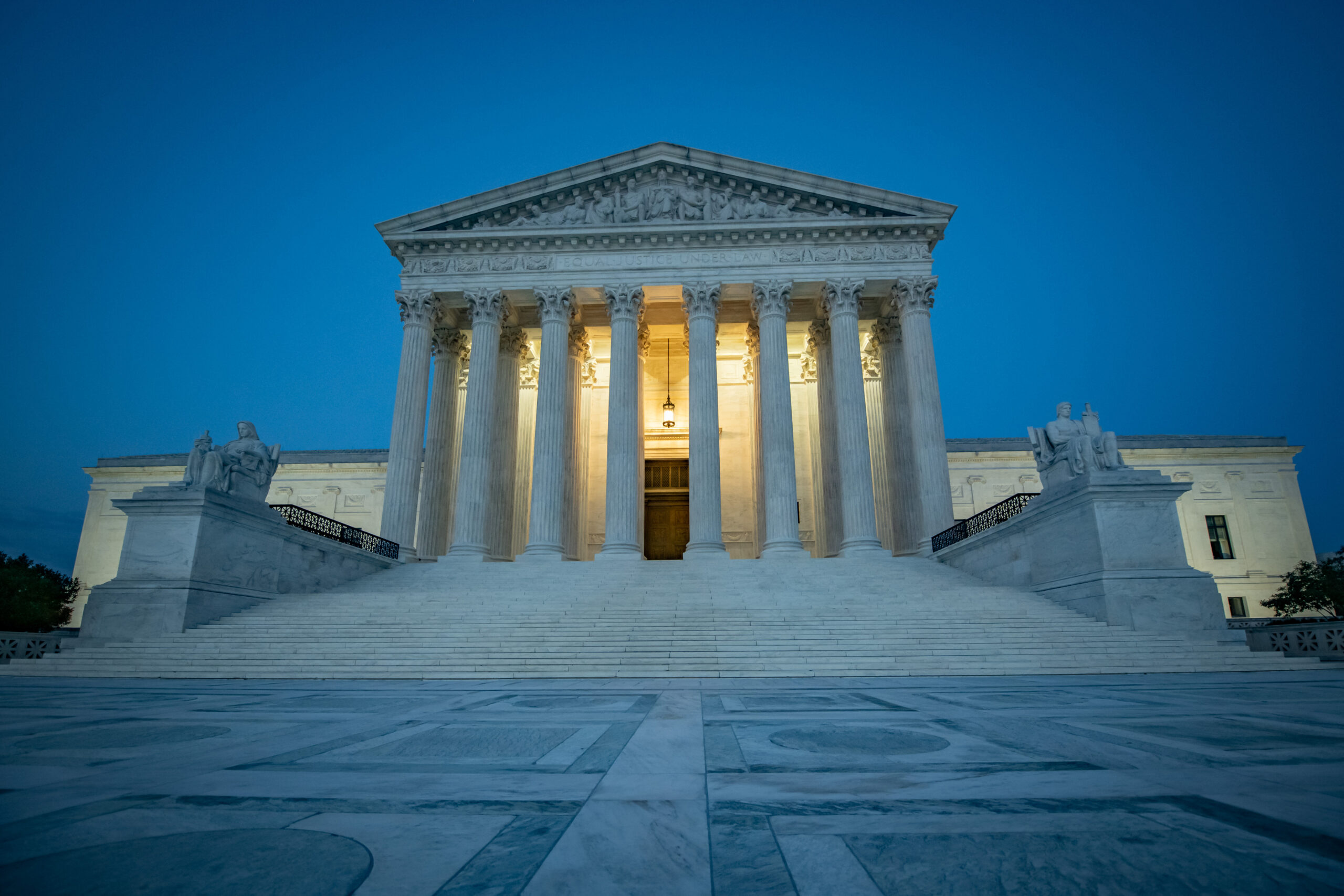It appears that the Affordable Care Act (ACA) will survive another near-death experience.
It has the dubious honor of being the most challenged law in modern American history. It has faced more than 1,700 lawsuits in lower courts, and Congress has tried more than 70 times to repeal it. Since those assaults failed, the Trump Administration pursued a “death by a thousand cuts” strategy to undermine and weaken the law. Despite all that, the ACA has exhibited remarkable staying power. Today, 20 million Americans are estimated to have health insurance because of it, along with all the health and financial protections that come with having coverage.
The health care wars never cease. Last week, the Supreme Court heard oral arguments in California v. Texas — the third challenge to the ACA brought before the Supreme Court. It’s always risky to prognosticate, but, after hearing those arguments and the justices’ questions and reactions, most experts agree that at least most of the law will continue to stand. Against tough odds, the law has proven remarkably resilient.
The stakes are high, because the ACA has been a winner for the people of New York State. New York embraced the ACA from the outset and is among the states that have implemented it most successfully. Prior to the COVID-19 pandemic, more than 95% of all New Yorkers had coverage, which gave us our lowest uninsured rate on record.
If the law were to fall, the results would be disastrous. Consider:
- 3.2 million New Yorkers would lose coverage; that includes 2.1 million people on Medicaid.
- It would mean the end of the Essential Plan in New York State, which covers nearly 800,000 low-income New Yorkers.
- Health insurance premiums for individuals were sky high before the ACA. Since the law went into effect, those premiums have actually dropped by roughly 55%.
- New York State could lose an estimated $10 billion in federal funding.
- In addition to coverage expansions, the ACA set in motion and funded a huge range of delivery system and payment reforms. Those too are in peril.
New York State has long been ahead of the national curve on coverage issues. Prior to the ACA, our Child Health Plus program was the most expansive children’s coverage program in the nation, even covering undocumented children with State dollars. Our Medicaid program covered low-income single adults and provided comprehensive benefits to all beneficiaries. Our insurance laws provided a crucial set of consumer protections.
Given that history, New York is positioned to do a better job than most at protecting New Yorkers’ health if the ACA does fall. For example, New York has enshrined into law protections for people with pre-existing conditions, requirements for health plans to provide essential benefits like mental health services, and provisions that enable younger adults to stay on their parents’ plans until age 26. But even so, without the ACA, states could have a hard time maintaining these protections, particularly as they would lose federal subsidies that help make insurance affordable and have allowed for robust Medicaid expansions.
If the Supreme Court does strike down the law, Congress could make some small fixes to salvage it. It’s doubtful that would happen, especially if Republicans continue to hold the majority in the Senate. It is even more uncertain whether President-elect Biden would be able to deliver on his proposal to expand the ACA to include a public insurance option. Such a policy is broadly popular, and it would mean that nearly all New Yorkers would have coverage, with the exception of undocumented immigrants, who make up about half of New York’s uninsured population. (I’ve written previously about how New York could expand health insurance to more immigrants.) An even more incremental change could be an increase in federal subsidies to make private health insurance more affordable. But like I said, the health care wars never cease and it’s hard to see common ground emerging. Gridlock is the more likely outcome.
With COVID-19 cases on the rise again, it’s an especially bad time to consider the prospect of losing the ACA. In September of this year, 1.1 million more New Yorkers were unemployed than in September 2019, and hundreds of thousands of those New Yorkers likely lost their health insurance along with their jobs. (About 57% of New Yorkers have employer-based insurance coverage, just ahead of the national average.) Governor Cuomo has estimated that New York State and local governments are facing a $50 billion budget deficit in the coming years as a result of the pandemic. In addition, New York’s hospitals face an estimated $25 billion in pandemic-related losses. Without federal support to fill in the gaps, it will be tough for New York to protect and expand health insurance coverage.
We likely won’t know until the spring or even summer the Court’s ruling on this latest challenge to the ACA. In the meantime, our leaders will need to focus on curbing the pandemic, ramping up for an equitable distribution of vaccines, and ensuring that everyone can get the care they need. But we also need to make sure that our health care and public health systems are prepared to keep us safe and healthy in the long term, during and beyond the pandemic. To do so, the ACA must keep up its resilient streak. The ACA, even with its flaws, has moved us toward a better and fairer health system. We can’t go backwards.
By David Sandman, President and CEO, New York Health Foundation
Published in Medium on November 16, 2020


